Beneath the misty peaks of the Appalachian Mountains, weird and wonderful creatures lurk. These aren’t your everyday forest animals. We’re talking about salamanders that look like relics from another era, silent gliders that vanish into the night, and secretive rodents with a flair for collecting shiny treasures. The Appalachians are a treasure trove of strange life—hidden in caves, creeks, and thick woods. Some of these creatures feel more like legends than real animals. Get ready to meet 12 oddball residents of the mountains that will surprise, fascinate, and maybe even spook you. Nature’s quirks run wild here.
Hellbender Salamander
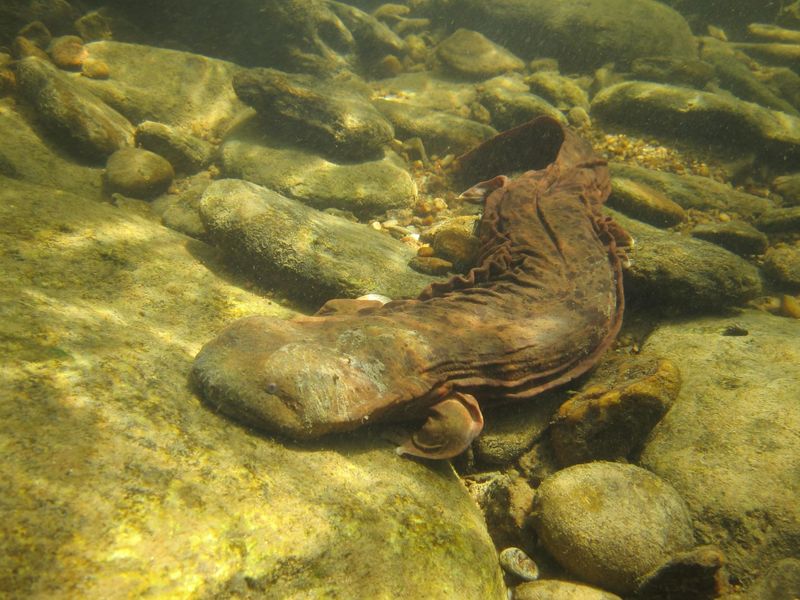
The Hellbender Salamander, with its alien-like appearance, thrives in cold, clean streams. Its wrinkled skin aids in respiration, giving it a distinctive look. Imagine peering into a creek and spotting this aquatic giant, slowly gliding along the bottom.
Growing up to 29 inches, it’s the largest aquatic salamander in North America. These creatures are primarily nocturnal, hiding under rocks by day.
Did you know? Despite their fearsome appearance, hellbenders pose no threat to humans. Conservation efforts are crucial as their populations face decline due to pollution and habitat destruction.
Eastern Cougar (Mountain Lion)
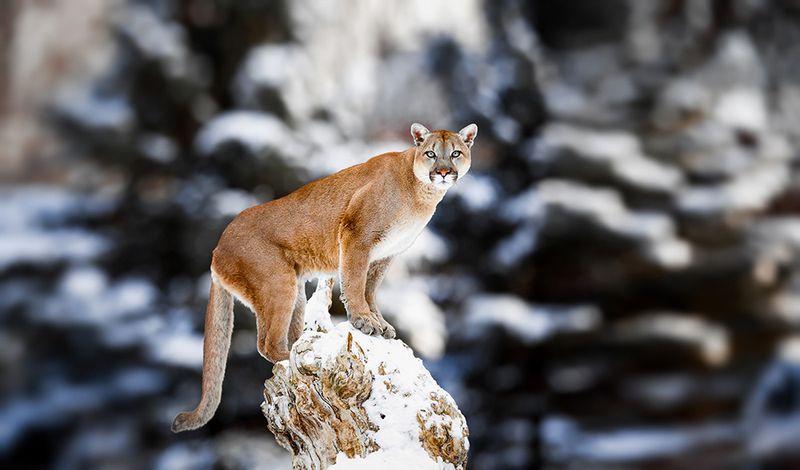
Haunting the dense forests with a grace that belies its size, the Eastern Cougar is a ghost of the Appalachians. Thought extinct in the East, occasional sightings spark both intrigue and debate.
Could these majestic cats still roam the secluded valleys and ridges? At dawn or dusk, imagine glimpsing its sleek form slipping silently through the underbrush.
Their elusive nature has fueled legends and stories for generations. Conservationists hope to confirm their presence, as protecting such an iconic predator would be a triumph for biodiversity.
Appalachian Cottontail
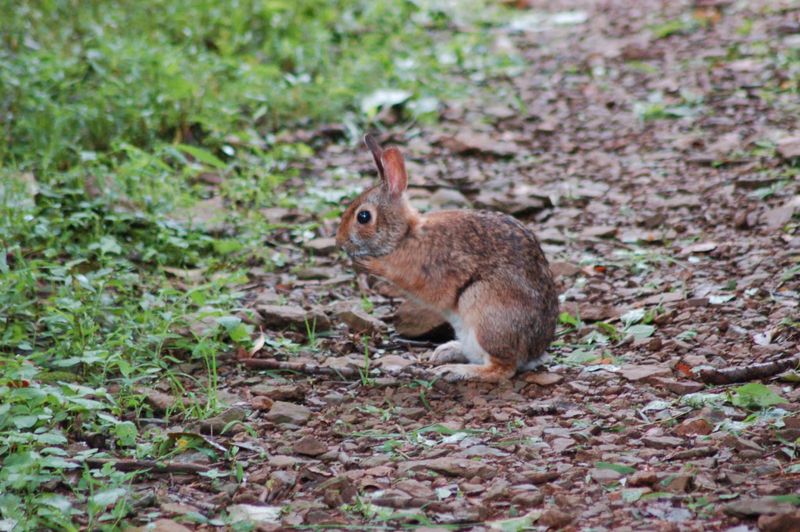
In the quiet corners of the Appalachian forests, the Appalachian Cottontail makes its home. Smaller and more elusive than its common relatives, this rabbit is a master of camouflage.
Spotting one is a rare treat, as they dart through thick underbrush, ears perked, eyes wide. These creatures are uniquely adapted to high elevations and cooler climates.
Their preference for dense thickets helps them avoid predators, making them a vital part of the mountain ecosystem. Researchers continue to study their habits to ensure these rabbits remain a thriving symbol of Appalachian wildlife.
Timber Rattlesnake
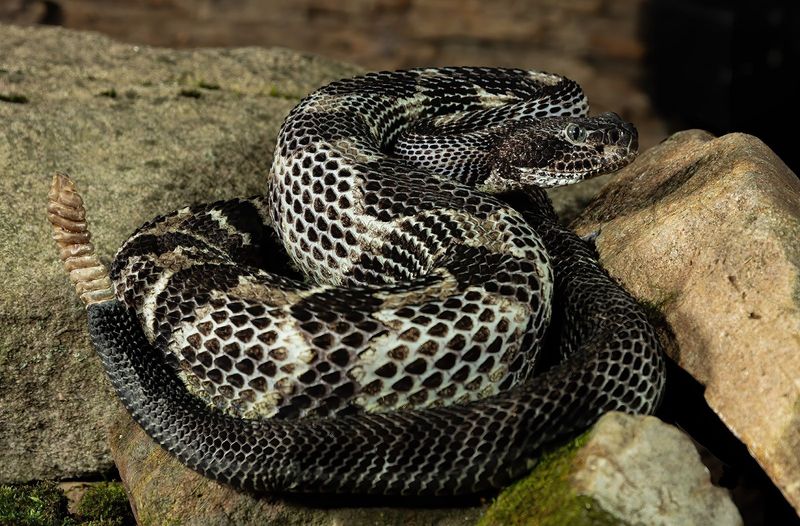
With a distinctive rattle and bold patterning, the Timber Rattlesnake commands respect. Found throughout the Appalachian range, their presence is often only hinted at by the telltale sound of a rattling tail.
These snakes prefer rugged, remote areas, basking on sunlit rocks or coiled among leaf litter. Their diet mainly consists of small mammals and birds.
Timber Rattlesnakes play a crucial role in controlling rodent populations. While their venom is potent, bites are rare, as these snakes are reclusive and prefer to avoid human encounters. Their conservation is vital to maintaining ecological balance.
Spruce Grouse
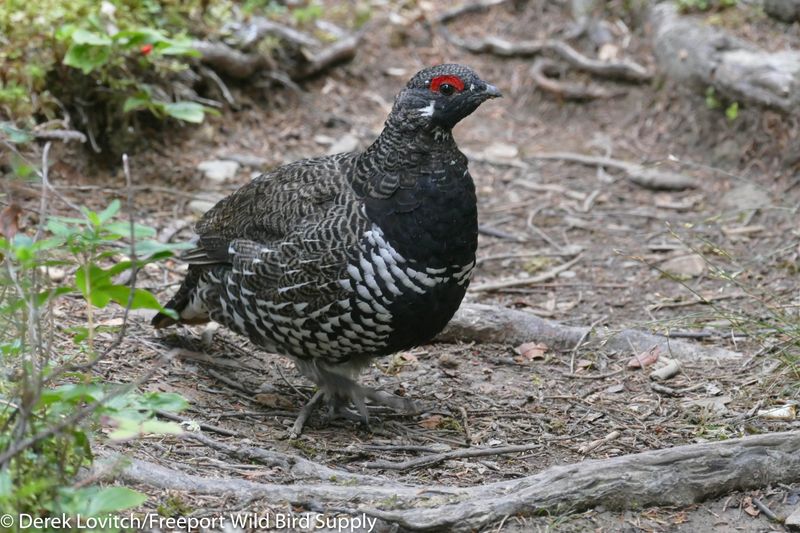
The Spruce Grouse, sometimes called the “fool hen,” blends seamlessly into the coniferous forests of the Appalachians. Its mottled plumage provides perfect camouflage against the forest floor.
These birds are known for their calm demeanor, often allowing humans to approach closely. Their diet consists mainly of conifer needles, which they digest with specialized gizzards.
During the breeding season, males perform elaborate displays to attract mates, their low drumming sounds echoing through the woods. Observing a Spruce Grouse in its natural habitat offers a peaceful glimpse into the subtle beauty of Appalachian wildlife.
Eastern Box Turtle
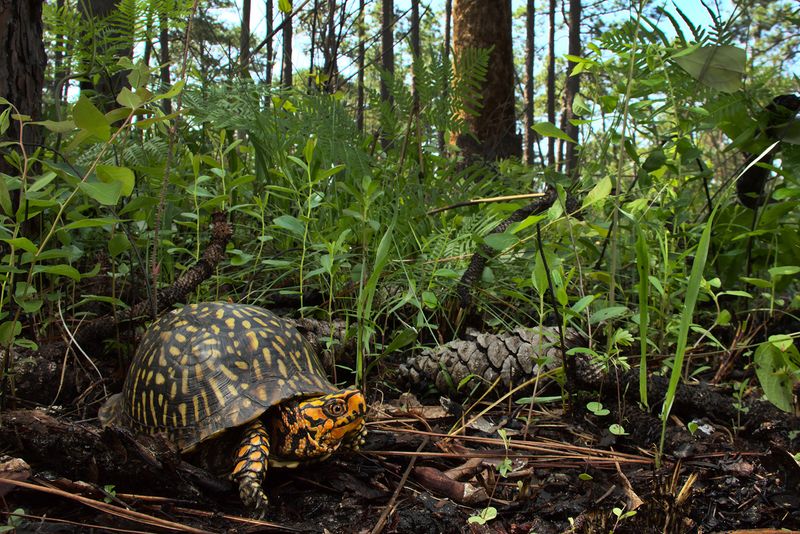
The Eastern Box Turtle, with its high-domed shell, is a mobile fortress of the forest floor. Able to retract completely into its shell, it finds safety amidst the threats of the wild.
These turtles are omnivorous, feasting on fruits, insects, and mushrooms. Their slow, deliberate movements and keen eyes make them fascinating to observe.
With lifespans reaching up to 100 years, they serve as living witnesses to the changing Appalachian landscape. Conservation efforts are crucial as habitat loss and road mortality continue to threaten their populations.
Bobcat
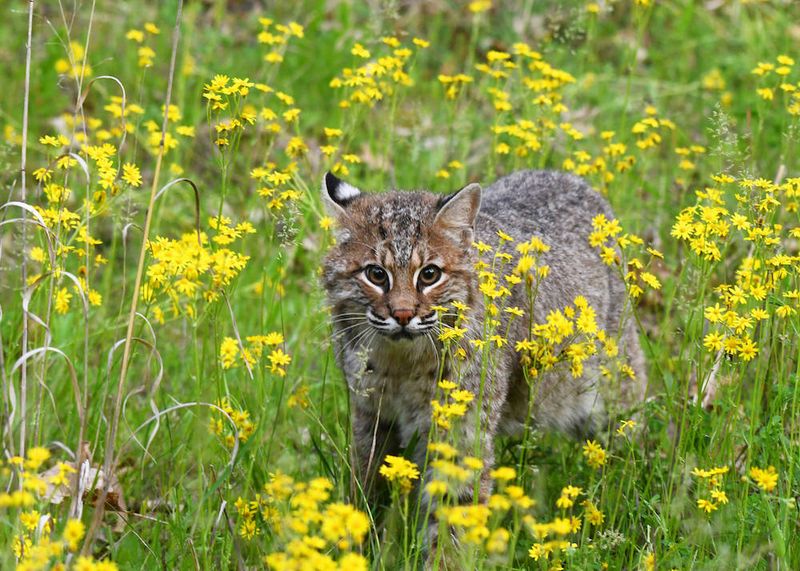
A silent wanderer of the night, the Bobcat moves with stealth and precision through the Appalachian woodlands. With tufted ears and a keen gaze, it is a master of ambush hunting.
Often unseen, these solitary creatures are both feared and revered. Their diet includes rabbits, birds, and small mammals, which they stalk with remarkable patience.
Bobcats are territorial, marking their ranges with scent to ward off rivals. Their adaptability has allowed them to thrive in diverse habitats, making them a vital component of the mountain ecosystem. Spotting one is a rare and thrilling experience.
Black Bear
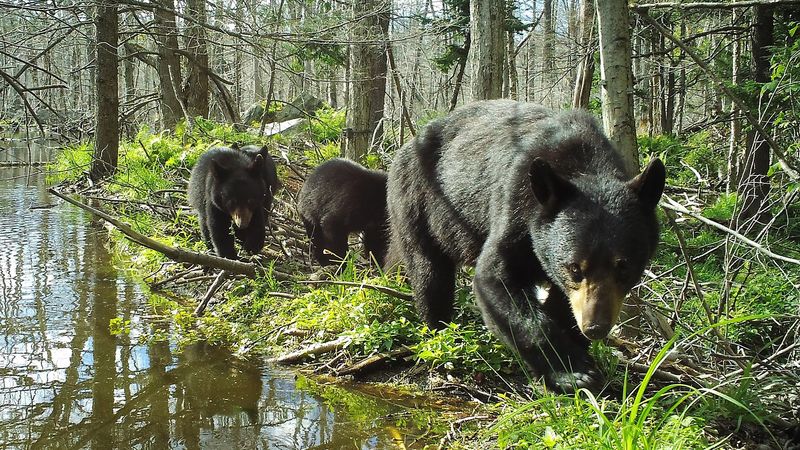
The Black Bear, the largest carnivore of the Appalachians, commands both respect and awe. With a powerful build and a glossy coat, these bears are elusive forest dwellers.
Despite their size, they are primarily omnivorous, feeding on berries, nuts, and insects. Their foraging habits play a significant role in seed dispersal and maintaining forest health.
Black Bears prefer solitude, often retreating from human presence. Conservation efforts focus on habitat preservation and reducing human-wildlife conflict to ensure these majestic creatures continue to roam the mountains.
Allegheny Woodrat
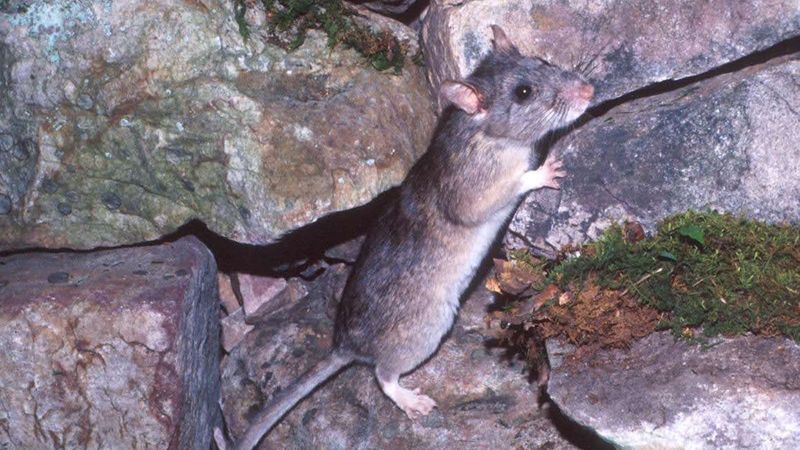
In the rocky outcrops of the Appalachians, the Allegheny Woodrat makes its home. With a bushy tail and curious eyes, it explores its environment with an inquisitive nature.
Unlike its urban cousins, this woodrat prefers the solitude of the wild, often found in caves and cliffs. Its diet includes nuts, fruits, and fungi.
Unfortunately, habitat loss has led to declining populations, making conservation efforts vital. The Allegheny Woodrat serves as an indicator of ecological health, reflecting the impact of environmental changes on Appalachian biodiversity.
Northern Flying Squirrel
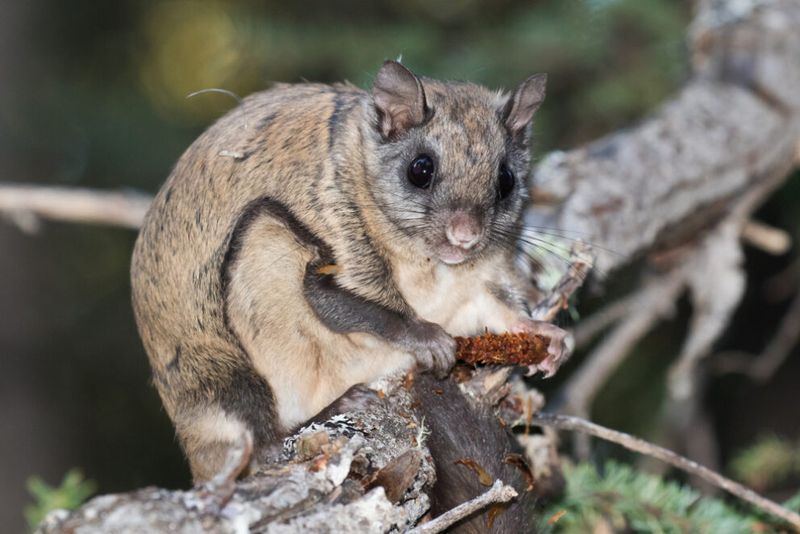
With a silent grace, the Northern Flying Squirrel soars between the trees of the Appalachian night. Gliding on a membrane that stretches from wrist to ankle, it navigates with precision.
These nocturnal rodents feed on lichens, fungi, and tree sap, playing a vital role in forest ecology. Their large eyes and keen senses make them adept at night-time exploration.
Found in mature forests, they are sensitive to habitat destruction. Protecting their environment is essential to maintaining the delicate balance of Appalachian ecosystems, where every creature plays its part.
Cave Crayfish
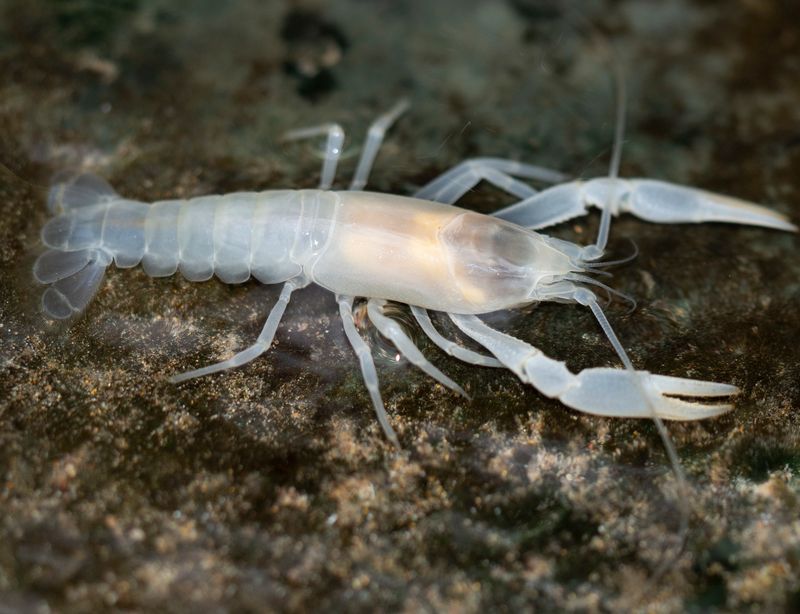
In the shadowy depths of Appalachian caves, the Cave Crayfish thrives in silence. Adapted to life in perpetual darkness, it possesses a pale, almost ghostly appearance.
These crayfish are eyeless, relying on tactile and chemical cues to navigate their subterranean world. Their diet consists of detritus and small aquatic organisms.
Cave Crayfish are highly sensitive to changes in water quality, making them critical indicators of environmental health. Their unique adaptations highlight the incredible diversity of life that persists in the hidden corners of the Appalachian wilderness.
Appalachian Giant Millipede
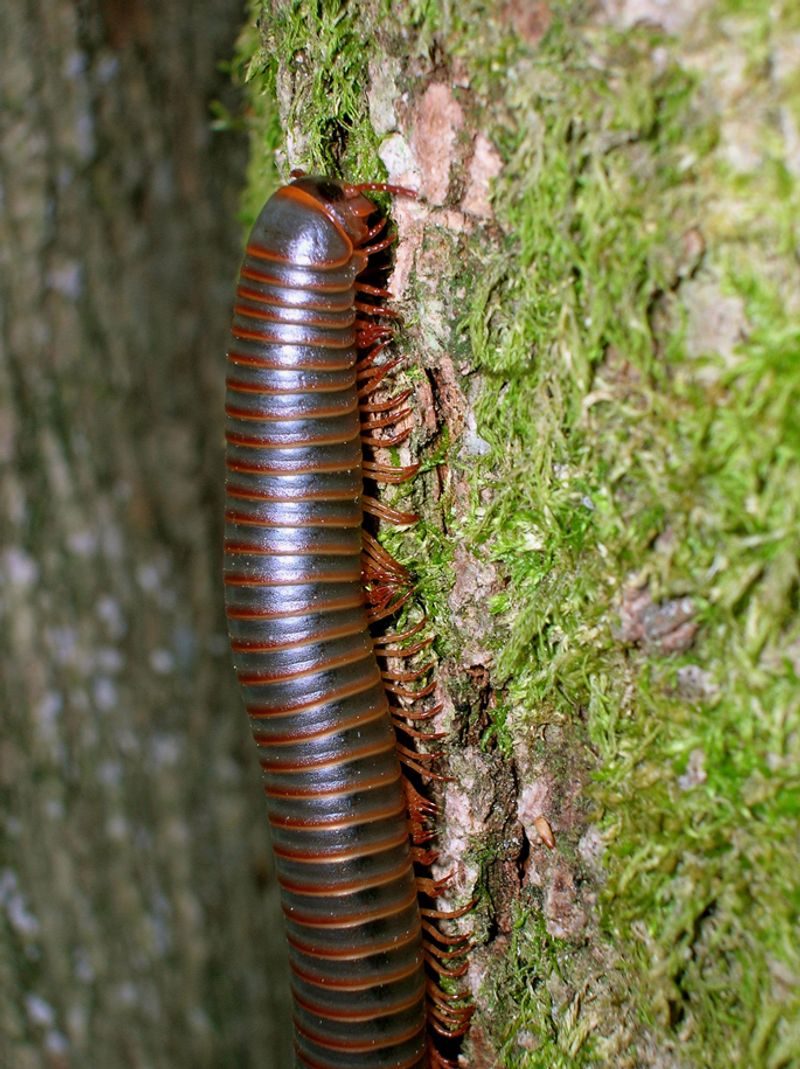
The Appalachian Giant Millipede might seem like something out of a science fiction novel, but this fascinating creature is very much real. With its numerous legs and elongated body, it navigates the forest floor, helping break down decaying plant material. These millipedes play a crucial ecological role as decomposers, contributing to the nutrient cycle of the forest.
Interestingly, their size can reach up to four inches, making them one of the largest millipedes found in the Eastern United States. They are harmless to humans but can release a mild defensive chemical if threatened. This makes them intriguing yet enigmatic dwellers of the Appalachian undergrowth.
If you ever come across one of these giants, take a moment to appreciate its understated significance in maintaining the forest’s health. Their presence is a reminder of the intricate web of life that thrives beneath our feet.

